2010-02-19 15:52
Final figures Rotterdam slightly better
Throughput in the port of Rotterdam for the year 2009 ended up two million tonnes higher than suggested by the provisional figures published at the end of December 2009. The percentage decline in throughput is 8.1%, instead of the 8.5% initially calculated.
The difference is due primarily to a slightly smaller decline in imports of crude oil. In the other goods categories, small(er) differences are involved. The final figures are used in the report (original text of December 2009) below.
In 2009, goods throughput in the port of Rotterdam fell to 387 million tonnes. This is 8.1% down on 2008. Imports shrank by 12.7% to 273 million tonnes; exports increased by 5.1% to 114 million tonnes.
Bulk was 8.4% down on the previous year; general cargo fell by 7.5%. There was less incoming and outgoing trade in agribulk (-20%), ores and scrap (-47.1%), coal (-15%), other dry bulk (-15%), crude oil (-4%), other liquid bulk (-15.8%), roll on/roll off (-10.6%), other general cargo (-18.4%) and containers (-6.3%). Only the handling of mineral oil products showed a positive trend (+23.2%), actually achieving the biggest absolute increase (13 million tonnes) ever.
Hans Smits, Port of Rotterdam Authority CEO: considering the circumstances, we cannot be dissatisfied. After hitting rock bottom in the second quarter, throughput has been improving slightly every month and virtually all the investments are going ahead. Moreover, Rotterdam is doing better than its main rivals. But I am not unconcerned.
Many of our clients are having a difficult time and that will not be much different in 2010. The best medicine for this is growth, partly through an increase in our market shares. We therefore intend to continue with our active commercial policy. As a result of this, among other things, I hope that we will be able to break through the 400 million tonne barrier again next year. That means growth in throughput considerably over 3%.
The general cargo sector had a poor year as a consequence of declining world trade, although the total fall of -7.5% to 122.2 million tonnes is a reasonable result in comparison with rival ports.
This definitely also applies to the handling of containers, which was 6.3% down on last year, but managed to remain just above 100 million tonnes. As fewer empty containers were handled, the decline in units was -9.6% to 9,743.290 TEU. Rotterdam is doing well in the largest Trade in quantitative terms, that between Europe and Asia.
Shipping lines combined services and deployed the biggest possible vessels to reduce costs. What Rotterdam has to offer (location, depth, hinterland transport, port tariffs) is tailored well to this and means that the port can benefit from the trend. Container traffic within Europe, mainly to the major destinations such as England, Ireland and Spain, was hit quite hard, however.
The services to North and South America are sharing in the malaise. The Baltic trade, mostly involving feeder traffic linked to the Asia services, is really flourishing, however. <Korea Shipping Gazette>
The difference is due primarily to a slightly smaller decline in imports of crude oil. In the other goods categories, small(er) differences are involved. The final figures are used in the report (original text of December 2009) below.
In 2009, goods throughput in the port of Rotterdam fell to 387 million tonnes. This is 8.1% down on 2008. Imports shrank by 12.7% to 273 million tonnes; exports increased by 5.1% to 114 million tonnes.
Bulk was 8.4% down on the previous year; general cargo fell by 7.5%. There was less incoming and outgoing trade in agribulk (-20%), ores and scrap (-47.1%), coal (-15%), other dry bulk (-15%), crude oil (-4%), other liquid bulk (-15.8%), roll on/roll off (-10.6%), other general cargo (-18.4%) and containers (-6.3%). Only the handling of mineral oil products showed a positive trend (+23.2%), actually achieving the biggest absolute increase (13 million tonnes) ever.
Hans Smits, Port of Rotterdam Authority CEO: considering the circumstances, we cannot be dissatisfied. After hitting rock bottom in the second quarter, throughput has been improving slightly every month and virtually all the investments are going ahead. Moreover, Rotterdam is doing better than its main rivals. But I am not unconcerned.
Many of our clients are having a difficult time and that will not be much different in 2010. The best medicine for this is growth, partly through an increase in our market shares. We therefore intend to continue with our active commercial policy. As a result of this, among other things, I hope that we will be able to break through the 400 million tonne barrier again next year. That means growth in throughput considerably over 3%.
The general cargo sector had a poor year as a consequence of declining world trade, although the total fall of -7.5% to 122.2 million tonnes is a reasonable result in comparison with rival ports.
This definitely also applies to the handling of containers, which was 6.3% down on last year, but managed to remain just above 100 million tonnes. As fewer empty containers were handled, the decline in units was -9.6% to 9,743.290 TEU. Rotterdam is doing well in the largest Trade in quantitative terms, that between Europe and Asia.
Shipping lines combined services and deployed the biggest possible vessels to reduce costs. What Rotterdam has to offer (location, depth, hinterland transport, port tariffs) is tailored well to this and means that the port can benefit from the trend. Container traffic within Europe, mainly to the major destinations such as England, Ireland and Spain, was hit quite hard, however.
The services to North and South America are sharing in the malaise. The Baltic trade, mostly involving feeder traffic linked to the Asia services, is really flourishing, however. <Korea Shipping Gazette>
많이 본 기사
- HMM, 4번째 9000TEU급 신조 컨선 부산-남미동안항로 취항‘남미 30%대 껑충’ 컨운임지수 2주만에 1400선 회복팬스타그룹 2500t급 연안유람선 부산서 첫 뱃고동대만 3대 선사 3분기에 영업익 1.7조 합작中 시안-체코 프라하 정기화물열차 운행 개시벌크선시장, 철광석 수요 활황에 선복 부족 이어져KMI, 부산국제금융진흥원과 해양수도 금융전략 논의해양수산연수원 오션폴리텍 교육생 헌혈증 120장 기부부산항만공사, 스마트항만 기술혁신포럼 개최HD현대, 디지털·AI 앞세워 2030년 ‘매출 100兆’ 목표 제시
- 부산신항 비엔씨티, 김장김치 1100박스·700만원 기탁박정석 한국해운협회장, 명예 해기사·1급항해사 위촉BPA, 환적모니터링시스템 포트아이 16일 先배포인천공항공사–항공대, 공항직원 전문교육 확대 나선다포스코플로우, 태국·베트남 현지 법인 잇따라 설립조선기자재연구원, 산업혁신기술지원플랫폼 사업성과·과제 공유대한항공, 2026년 정기 임원인사 단행한진, 2026년 정기 임원 인사 실시건강칼럼/ COPD 환자, 추우면 ‘숨’이 힘겹다!중국유럽정기화물열차 누적 운행횟수 12만회 돌파





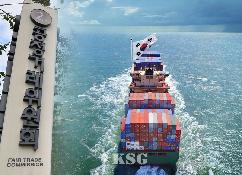


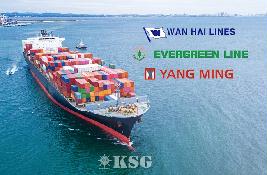




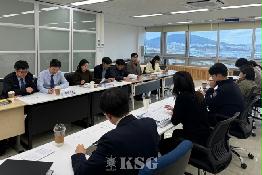


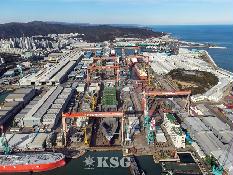


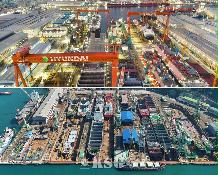
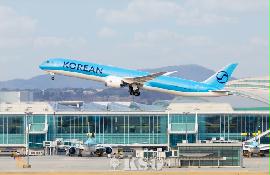






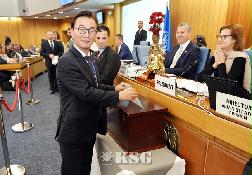
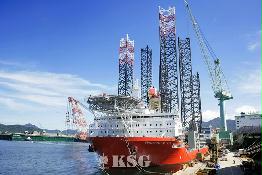
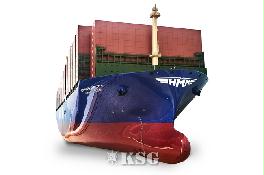
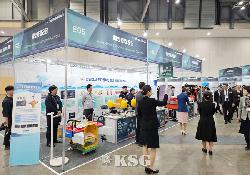
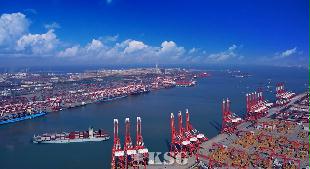

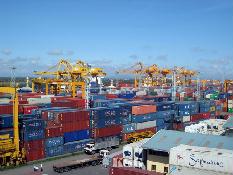



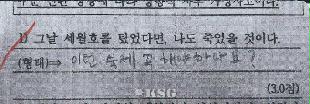


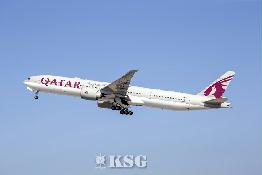
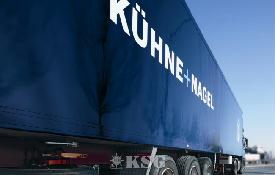
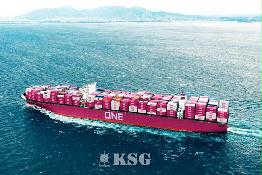






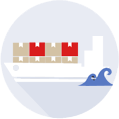
















0/250
확인